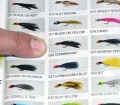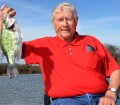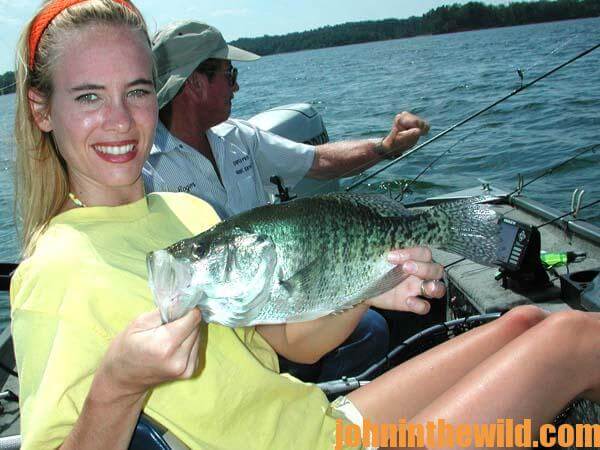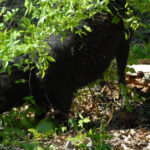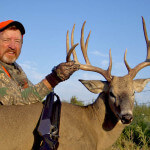John’s Note: A very-serious problem can occur when your recreation becomes your vocation. I’m blessed to be able to make a living in the outdoors hunting and fishing, which are my passions. However, sometimes I’m so busy enjoying the day that I don’t get my work done like I should. Early March, 2016, was a classic example of that. For more than a year, I’d been hearing about David Spain of Nauvoo, Alabama, and that he was one of the best river crappie fishermen in the state. When I was finally able to fish with him, I learned that this was a reputation he had justifiably earned. Not only were Spain and his fishing partner, James Davis of Gardendale, Alabama, two great men to spend the day in the boat with, I got so busy fishing and having fun that I didn’t take the time I really needed to shoot tons of photos. However, I quickly forgave myself, because I hadn’t been on a good crappie fishing trip like this in a long time. Let David Spain tell you his crappie-fishing stories.
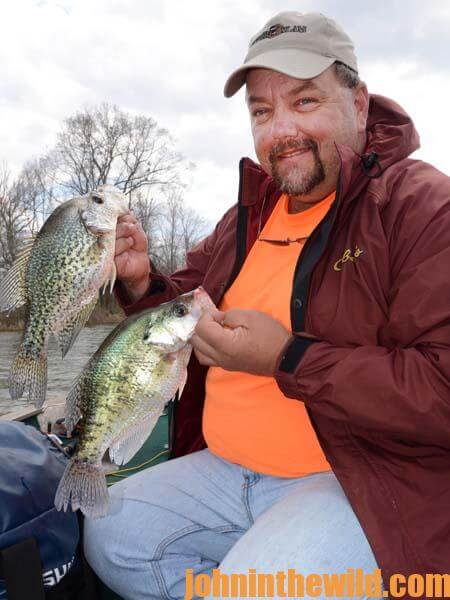 I’ve been fishing the Warrior and the Tombigbee rivers for crappie for the last 25 years. My dad and I were deer hunters, and we came to the Falkville/Demopolis section of central Alabama to deer hunt. However, as the Alabama deer herd expanded, there soon were as many deer in north Alabama as further in south Alabama. We began deer hunting in north Alabama closer to our home, but kept the camp house we had near Demopolis in Greene County, because we still did some hunting there. So, when deer hunting slowed down, and the weather got warmer, we started crappie fishing. We discovered that the crappie fishing on the Tombigbee and Warrior rivers was much better than the deer hunting. Next we started crappie fishing in October and November before deer season arrived. Then we began crappie fishing again the first of February, after the last day of deer season. We found that from February until about mid-April we could fish about 2-feet deep with jigs and catch a limit of crappie just about every day we went crappie fishing on these rivers.
I’ve been fishing the Warrior and the Tombigbee rivers for crappie for the last 25 years. My dad and I were deer hunters, and we came to the Falkville/Demopolis section of central Alabama to deer hunt. However, as the Alabama deer herd expanded, there soon were as many deer in north Alabama as further in south Alabama. We began deer hunting in north Alabama closer to our home, but kept the camp house we had near Demopolis in Greene County, because we still did some hunting there. So, when deer hunting slowed down, and the weather got warmer, we started crappie fishing. We discovered that the crappie fishing on the Tombigbee and Warrior rivers was much better than the deer hunting. Next we started crappie fishing in October and November before deer season arrived. Then we began crappie fishing again the first of February, after the last day of deer season. We found that from February until about mid-April we could fish about 2-feet deep with jigs and catch a limit of crappie just about every day we went crappie fishing on these rivers.
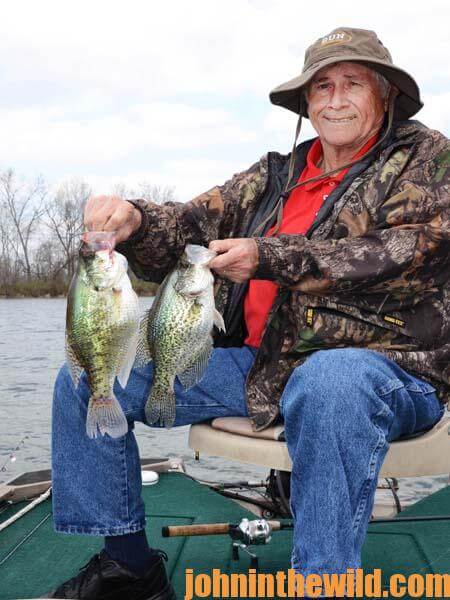 One of the reasons we catch the biggest crappie of the year during February is that we fish numbers of backwater sloughs and creeks with grass in them. These areas are relatively shallow. Since this section of Alabama frequently gets warm weather in February, these backwater places warm up quickly. We’ve learned that usually the biggest crappie we catch all year long move into these backwaters in February, due to the shallow water that heats up quicker than the water on the main river. Too, the grass there, both below water and above water, absorbs the heat from the sun, making these backwater regions the warmest water in both river systems. We catch crappie that are so fat with eggs that they look like they’re about to bust. The crappie fishing remains good in these areas until about mid-April.
One of the reasons we catch the biggest crappie of the year during February is that we fish numbers of backwater sloughs and creeks with grass in them. These areas are relatively shallow. Since this section of Alabama frequently gets warm weather in February, these backwater places warm up quickly. We’ve learned that usually the biggest crappie we catch all year long move into these backwaters in February, due to the shallow water that heats up quicker than the water on the main river. Too, the grass there, both below water and above water, absorbs the heat from the sun, making these backwater regions the warmest water in both river systems. We catch crappie that are so fat with eggs that they look like they’re about to bust. The crappie fishing remains good in these areas until about mid-April.
Crappie also come into these backwater sections in February through mid-April, because this is where the bait fish are. Like the crappie, the bait fish move into the grass to feed and to spawn. So, the crappie have bait fish to feed on, warm water to prepare for the spawn and plenty of cover to hide and ambush bait fish. Many people don’t believe that crappie are full of roe in February in Alabama. However, in February, 2016, I filleted some really-big crappie that looked as though they were about to bust and found their egg sacks full of roe.
 Many times during February, the air temperature may be 20 degrees, but the water temperature in the sloughs and creeks will be 40 to 50 degrees. I made two crappie-fishing trips in February, 2016. On the first fishing trip, three of us caught 80 crappie that averaged from 3/4-pound to 1-1/2-pounds each. The following week, I came back again with two other friends, and we caught our limit of 90 crappie that size.
Many times during February, the air temperature may be 20 degrees, but the water temperature in the sloughs and creeks will be 40 to 50 degrees. I made two crappie-fishing trips in February, 2016. On the first fishing trip, three of us caught 80 crappie that averaged from 3/4-pound to 1-1/2-pounds each. The following week, I came back again with two other friends, and we caught our limit of 90 crappie that size.
To learn much more about crappie fishing, get John E. Phillips’ Kindle eBooks and some print books, “Crappie: How to Catch Them Fall & Winter,” “Crappie: How to Catch Them Spring and Summer,” “Catch Cold Water Crappie Now” and “Catch Crappie All Year: Fishing a Single Pole, Using No Boat and Farming Crappie.” Click here to get these books.
To receive and download for free “The Crappie Catchers’ Cookbook,” by John and Denise Phillips that offers free recipes, go to https://johninthewild.com/free-books.

